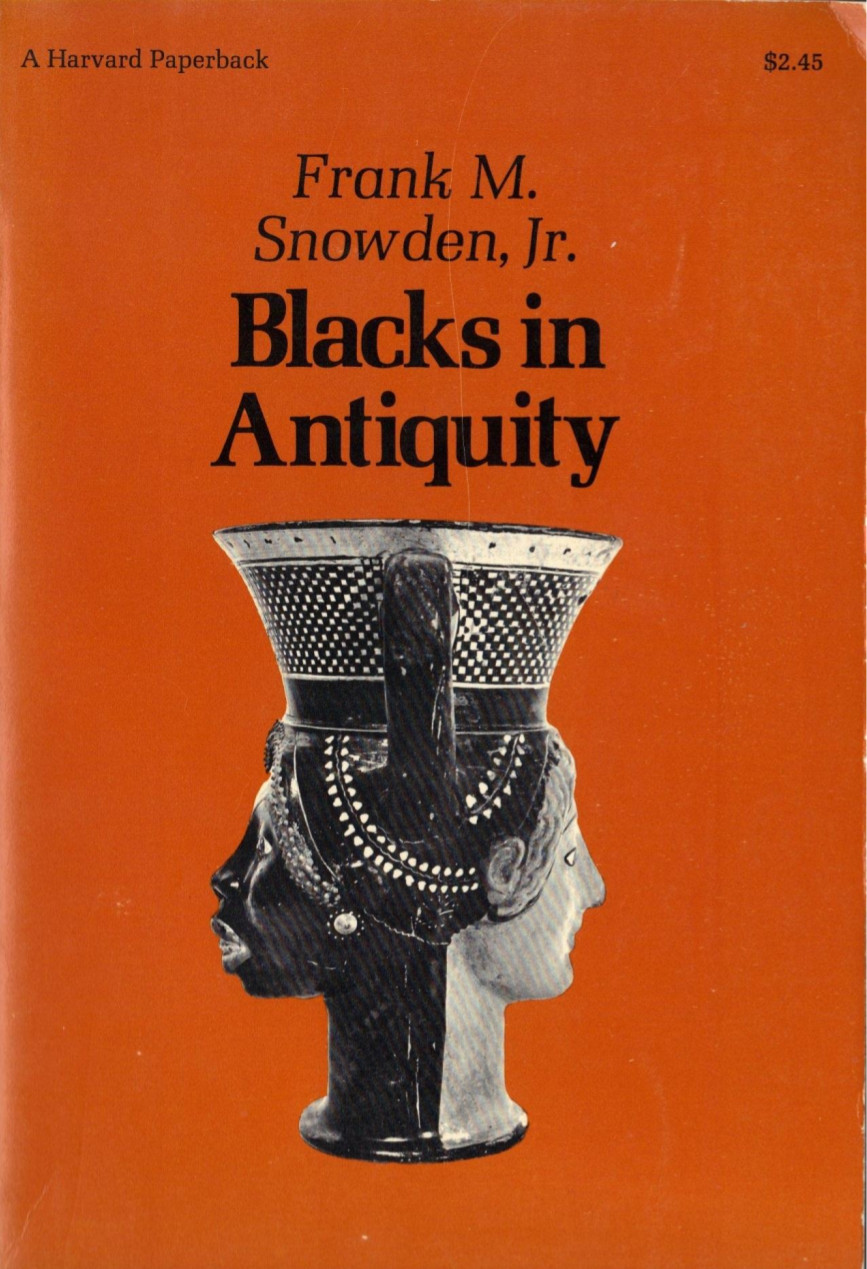Antiquity and Photography: Early Views of Ancient Mediterranean Sites (2005)
Filed under book, catalogue | Tags: · 1800s, antiquity, archaeology, architecture, history of photography, mediterranean, photography, sculpture

“The invention of the daguerreotype and calotype processes fundamentally changed scholarly and aesthetic approaches to the past. The accuracy and immediacy of photographs gave scientists a new means to document and study ancient architecture, artifacts, and language. At the same, the first photographers to visit ancient Mediterranean sites saw themselves as artists using the new medium to capture what had up to then been represented only by draftsmen or painters. The early photographs were rapidly disseminated among a wider audience eager to see, rather than merely imagine, the remnants of antiquity. Today these images are still prized, both for their vision and originality and for their inherent documentary value. The early photographs of the Roman Forum, the Acropolis in Athens, and the pyramids of Giza have made these sites a part of our shared cultural experience, fixing them in our minds as places of historic—and mythic—significance.
Antiquity and Photography explores the influence of photography on archaeology between 1840 and 1880. This was the period that saw the evolution of archaeology as a professional discipline as well as the rapid growth of the new photographic medium. With illustrations drawn from the collections of the Getty Museum and the Getty Research Institute, the essays in this book examine the growth of archaeology as a scientific discipline and its increasing reliance on photographic documentation, and they consider some of the conventions that came to govern the ostensibly objective photographs of antiquities and ancient sites. Biographical essays explore the careers of two major early photographers, Joseph-Philibert Girault de Prangey and William James Stillman. In addition, portfolios with works by Maxime Du Camp, John Beasley Greene, Francis Frith, Robert Macpherson, Adolphe Braun, and others testify to the strength and consistency of other early photographers who captured the antique worlds around the Mediterranean.”
By Claire L. Lyons, John K. Papadopoulos, Lindsey S. Stewart, and Andrew Szegedy-Maszak
Publisher Getty Publications, Los Angeles, 2005
Open Access
ISBN 0892368055, 9780892368051
226 pages
Reviews: Eisman (Bryn Mawr Classical Review, 2006), Rose (Archaeology, 2006), Damsker (PhotoCentral, n.d.).
PDF (32 MB, from the publisher)
Comment (1)Sylvia Berryman: The Mechanical Hypothesis in Ancient Greek Natural Philosophy (2009)
Filed under book | Tags: · antiquity, astronomy, automata, engineering, history of science, history of technology, machine, mechanics, philosophy, physics, science, technology

“It has long been thought that the ancient Greeks did not take mechanics seriously as part of the workings of nature, and that therefore their natural philosophy was both primitive and marginal. In this book Sylvia Berryman challenges that assumption, arguing that the idea that the world works ‘like a machine’ can be found in ancient Greek thought, predating the early modern philosophy with which it is most closely associated. Her discussion ranges over topics including balancing and equilibrium, lifting water, sphere-making and models of the heavens, and ancient Greek pneumatic theory, with detailed analysis of thinkers such as Aristotle, Archimedes, and Hero of Alexandria. Her book shows scholars of ancient Greek philosophy why it is necessary to pay attention to mechanics, and shows historians of science why the differences between ancient and modern reactions to mechanics are not as great as was generally thought.”
Publisher Cambridge University Press, 2009
ISBN 0521763762, 9780521763769
286 pages
Review (Serafina Cuomo, Aestimatio, 2012)
Review (Jean De Groot, Metascience, 2012)
Talk by the author (video, at UBC, 104 min, 2011)
Frank M. Snowden, Jr.: Blacks in Antiquity (1970)
Filed under book | Tags: · antiquity, art, body, history, military, mythology, race

“The Africans who came to ancient Greece and Italy participated in an important chapter of classical history. Although evidence indicated that the alien dark- and black-skinned people were of varied tribal and geographic origins, the Greeks and Romans classified many of them as Ethiopians. In an effort to determine the role of black people in ancient civilization, Frank M. Snowden examines a broad span of Greco-Roman experience—from the Homeric era to the age of Justinian—focusing his attention on the Ethiopians as they were known to the Greeks and Romans. The author dispels unwarranted generalizations about the Ethiopians, contending that classical references to them were neither glorifications of a mysterious people nor caricatures of rare creatures.
Mr. Snowden has probed literary, epigraphical, papyrological, numismatic, and archaeological sources and has considered modern anthropological and sociological findings on pertinent racial and intercultural problems. He has drawn directly upon the widely scattered literary evidence of classical and early Christian writers and has synthesized extensive and diverse material. Along with invaluable reference notes, Mr. Snowden has included over 140 illustrations which depict the Negro as the Greeks and Romans conceived of him in mythology and religion and observed him in a number of occupations—as servant, diplomat, warrior, athlete, and performer, among others.
Presenting an exceptionally comprehensive historical description of the first major encounter of Europeans with dark and black Africans, Mr. Snowden found that the black man in a predominantly white society was neither romanticized nor scorned—that the Ethiopian in classical antiquity was considered by pagan and Christian without prejudice.”
Publisher The Belknap Press of Harvard University Press, 1970
ISBN 0674076257, 9780674076259
364 pages
via yunus_21
Snowden’s short essay based on the book (2000)
When Greek was an African Language (Stanley Burstein, 2006)
Review (B.H. Warmington, African Historical Studies, 1971)
PDF (46 MB, no OCR)
Comment (0)
